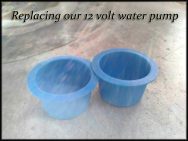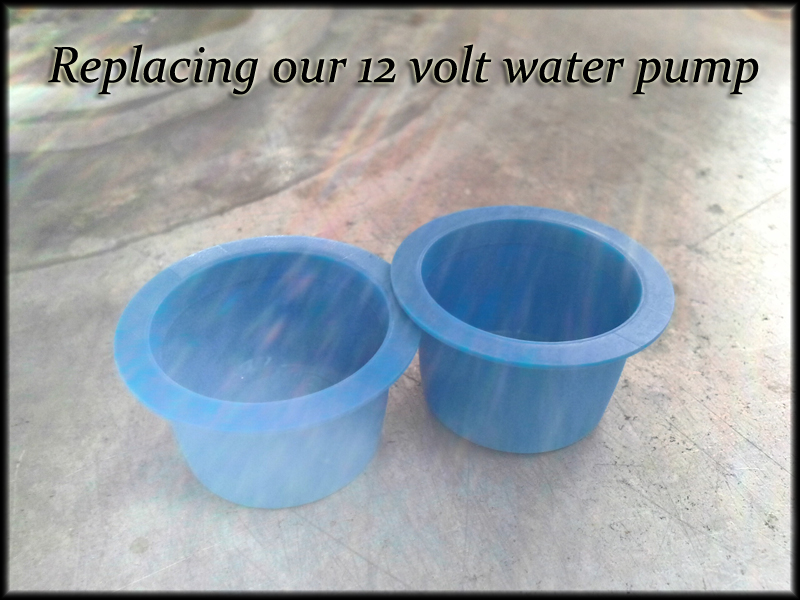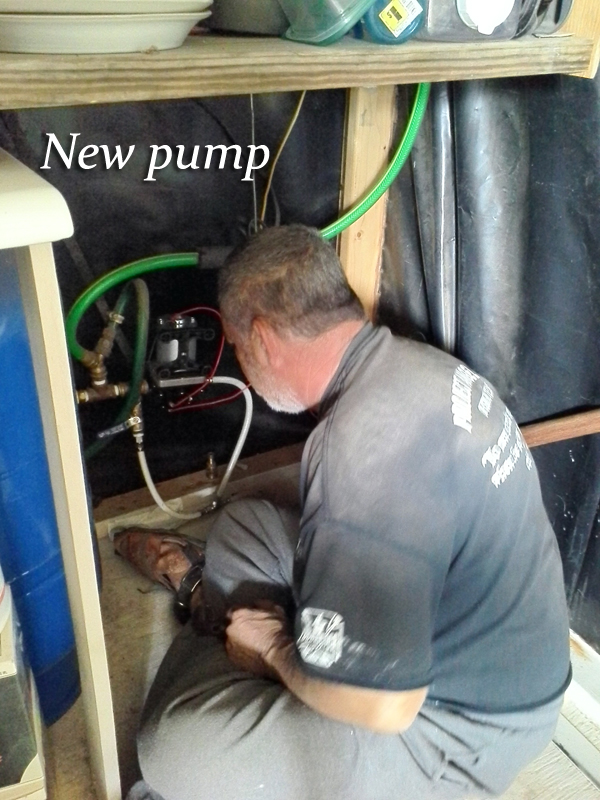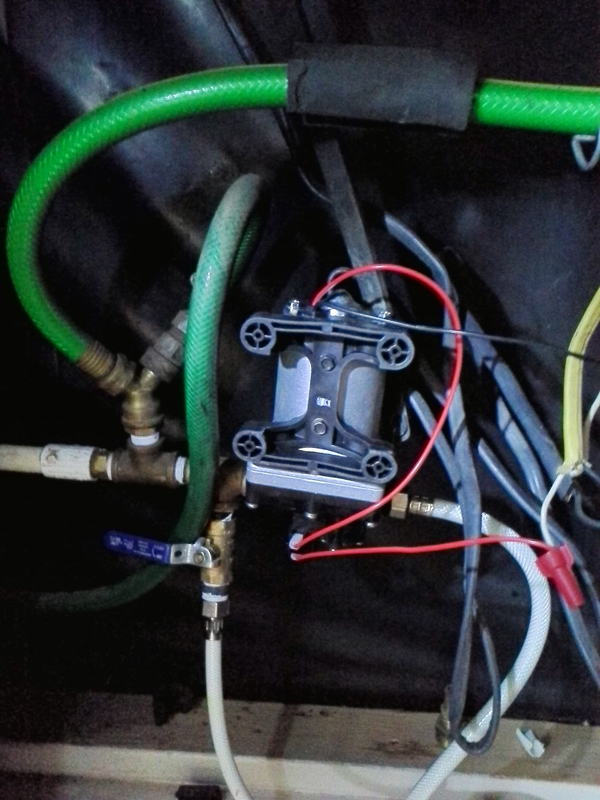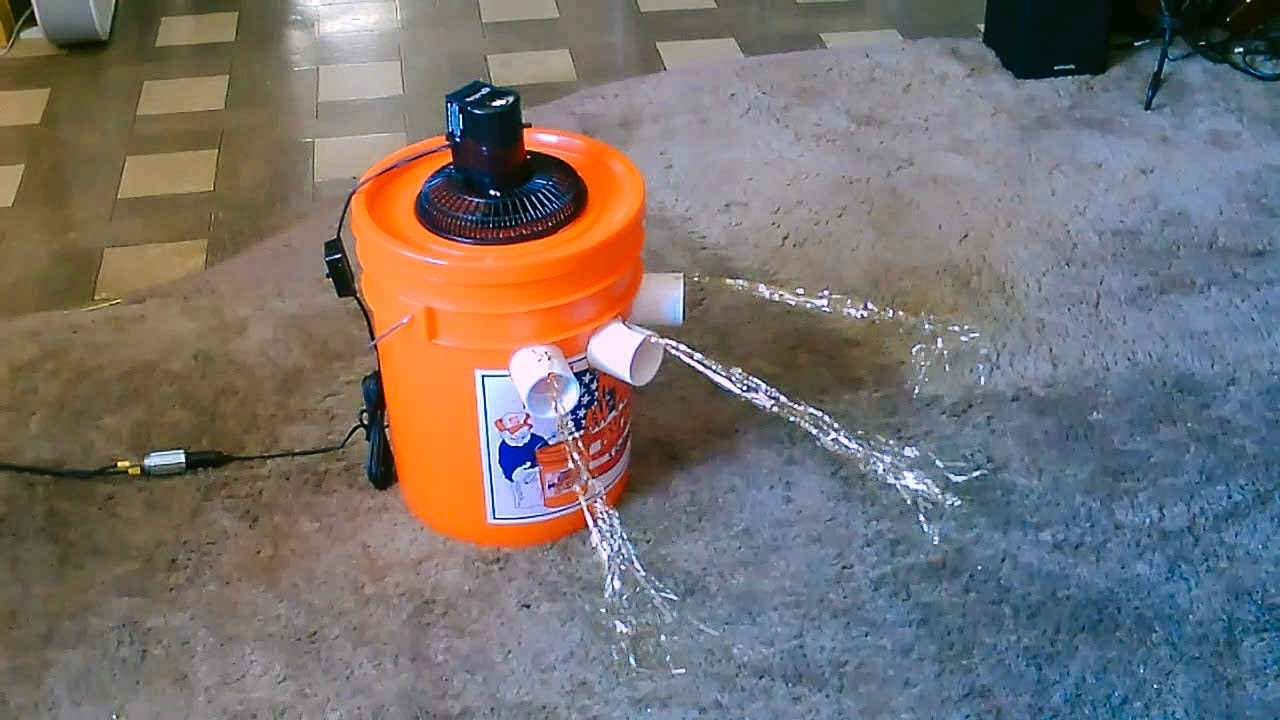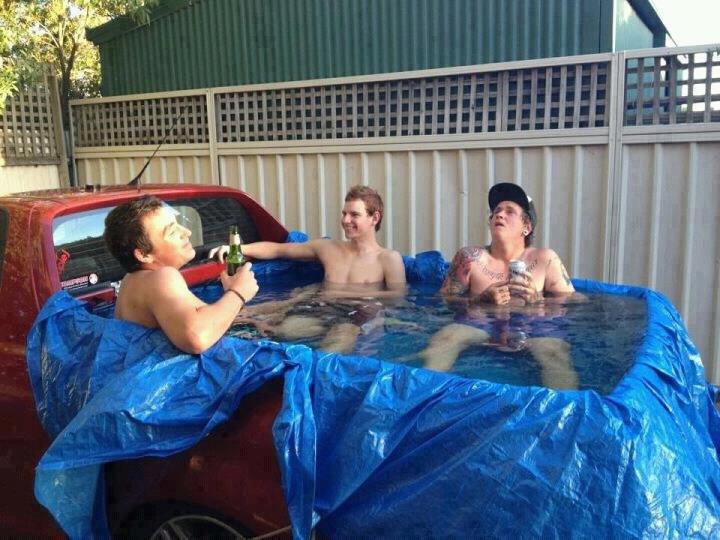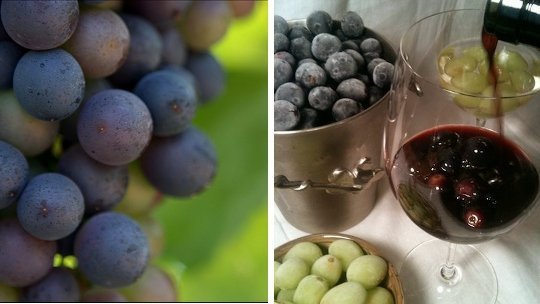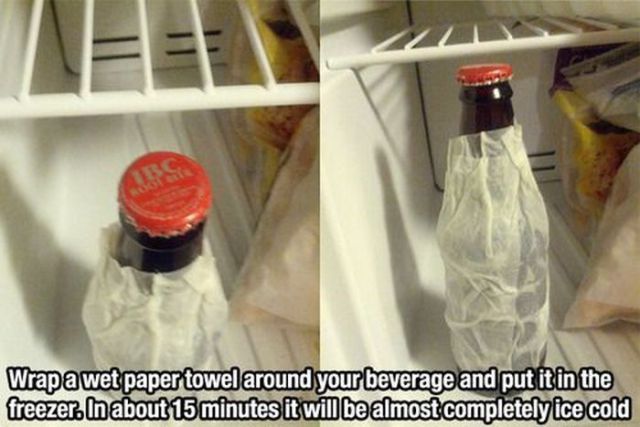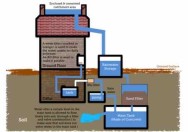
Rainwater Harvesting: Global Storming – Bring it on
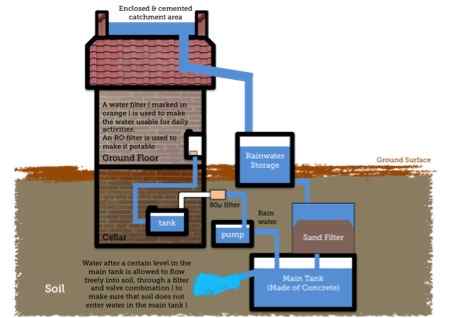 Installing a Rainwater Harvesting System (RHS) could be a major step in achieving your ideal, eco-friendly home. You could be collecting your own water through the beauty of nature rather than seeing the bills pile up on the doormat from the Utility Company. By installing a run-off system from your roof that leads to a storage area, pumps and purifiers, rainwater can be used across your home.
Installing a Rainwater Harvesting System (RHS) could be a major step in achieving your ideal, eco-friendly home. You could be collecting your own water through the beauty of nature rather than seeing the bills pile up on the doormat from the Utility Company. By installing a run-off system from your roof that leads to a storage area, pumps and purifiers, rainwater can be used across your home.
Even if you are already connected to the water supply, there are advantages to harvesting rainwater. If you are on a meter, your water bill will be reduced as the collected water can be put to use for non-drinking purposes such as showers, baths, flushing toilets, washing dishes. Drinking water is not easily renewable and if you wish to use your collected water for things that don’t require purification, harvesting is cost effective and requires little maintenance. It is also beneficial in terms of reducing wastage.
If you are cultivating your own crops and living off your plot of land, the collected water can be funnelled into an irrigation system. On an environmental level, the collection of rainwater will vastly improve the levels of groundwater. With a rise in population, groundwater levels have decreased and therefore increased the strife in parts of the world where water is scarce. Rainwater harvesting also reduces the level of surface water and lessens the chance of flooding, soil erosion and river contamination brought about by rainwater running through pesticides and other agricultural chemicals.
The disadvantages of rainwater harvesting are two-fold. Firstly, the initial cost of installing a storage system, purification methods and pumping can, according to YouGen, cost between $3000-$5000 (£2000-£3000 )and then running the pump will cost 5-10c a week. However you can now have your RHS plumbed straight into your existing piping and according to the Rainwater Harvesting Association can reduce your water consumption by as much as 40%. The use of a cistern to obtain drinking water in a city can be a tricky business. Shingled roofs, rather than clay or metal are less clean and liable to allow pollution to seep into the water. A pre-filtering system would have to be set up on the shingled roof prior to deposition in the tank to achieve drinkable water.
With water remaining in storage for a considerable degree of time, it is prone to stagnation, algal blooms and rodents spreading water-borne disease. Your harvesting system therefore has to be regularly maintained. Then of course, you are at the mercy of the clouds. Rainfall can be unpredictable and your levels of water will be affected by your geographical location.
The legal and red tape processes one has go through in order to begin to harvest your own water vary wildly. In 2012 a RHS case went viral when 64 year old Gary Harrington from Oregon was sentenced to 30 days in prison for illegal collection of …

